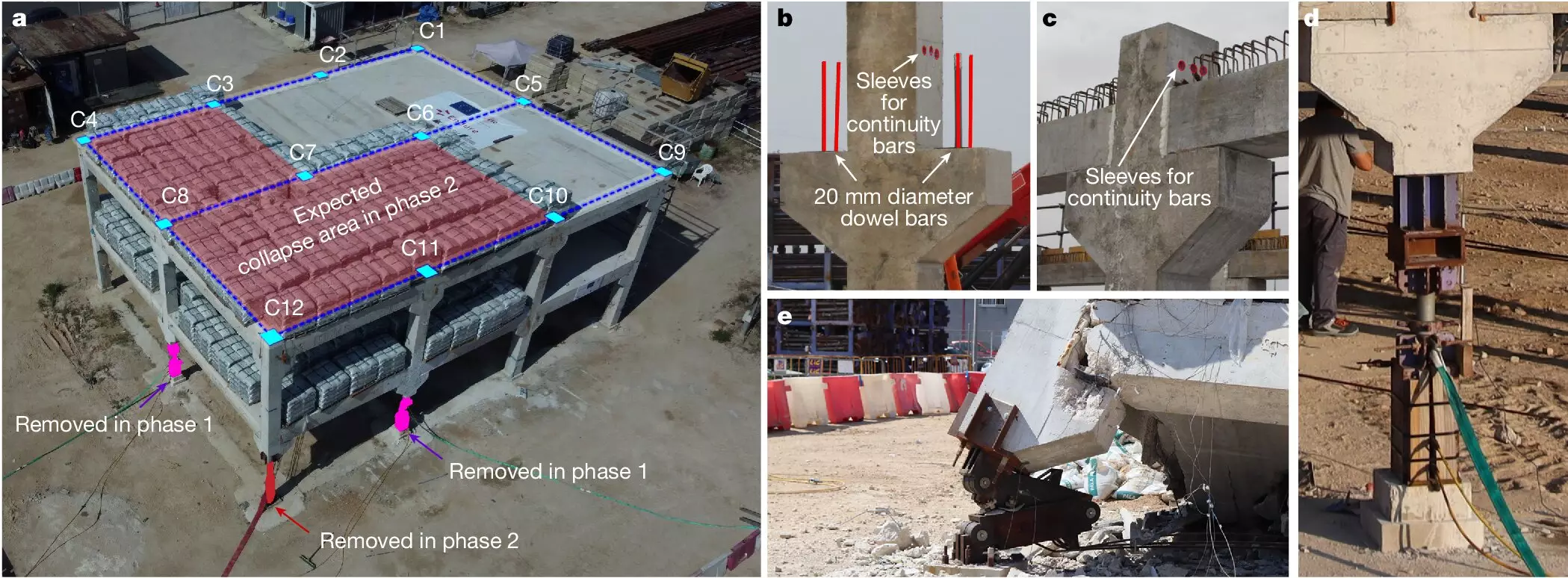In the world of building design, the focus has traditionally been on improving the connectivity between various components of a structure. This approach allows for the redistribution of loads in the event of component failure, which can prevent collapses after small initial failures. However, recent incidents such as the collapse of Champlain Towers, a building in Peñíscola in 2021, and a building in the Iranian city of Abadan in 2022 have highlighted the potential risks associated with this design method.
These large-scale collapses have raised concerns about progressive collapse, where a major failure in one part of a structure can lead to the collapse of the entire building. To address this issue, a team of researchers from ICITECH-UPV has developed a novel design method that aims to prevent collapse propagation in buildings after large initial failures.
At the core of this new approach is the concept of a structural fuse. This innovative idea involves isolating damaged parts of a building to prevent the spread of major failures. The analogy drawn by the researchers to an electrical system protected by fuses is apt, as the building maintains structural continuity under normal conditions but becomes segmented when failure propagation is inevitable.
The effectiveness of this new design method has been validated through a test on a real-scale building. This pioneering approach is the first of its kind to be tested and verified at full scale, demonstrating its potential to prevent catastrophic collapses and minimize economic losses. Importantly, the implementation of this method is expected to have a minimal impact on the cost of the structure, as it utilizes conventional construction details and materials.
The researchers are now working on extending the application of this design method to buildings constructed with in-situ concrete and steel, highlighting its adaptability and broad potential impact. The development of this innovative approach marks a significant milestone in the field of building design and is a testament to the importance of continuous innovation in ensuring the safety and resilience of structures.
The fuse-based segmentation approach developed by the ICITECH-UPV team represents a groundbreaking solution to the challenge of preventing building collapses after large initial failures. By isolating damaged parts of a structure, this method offers a promising way to enhance building resilience and safeguard human lives. As the research continues to evolve, it is clear that innovation and forward-thinking design will play a crucial role in shaping the future of construction and architecture.


Leave a Reply